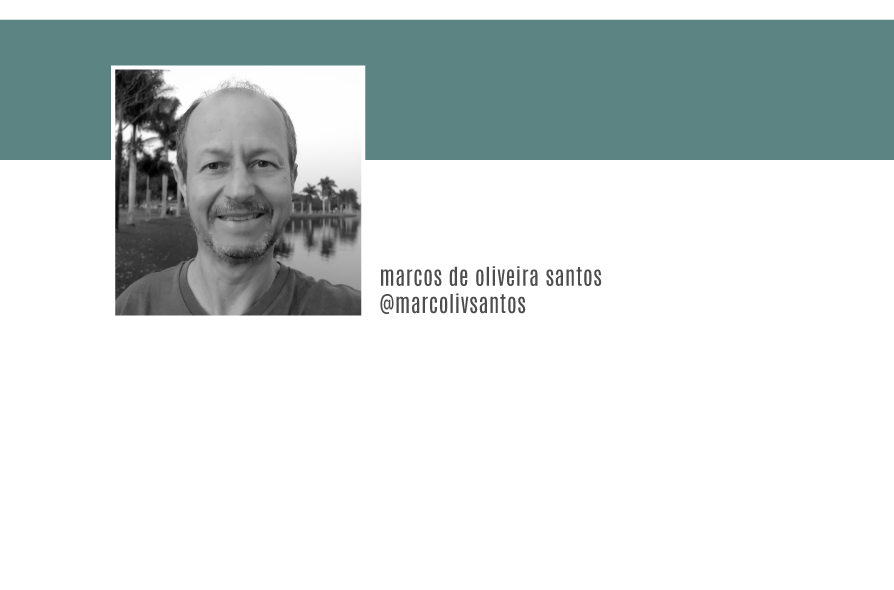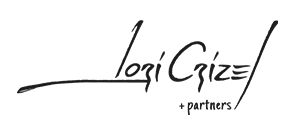31 July 2020 Circular economy, far beyond recycling

by Marcos de Oliveira Santos
During the first few months of 2020, there was no lack of concerns regarding health and the economy in almost all areas of activity. For such an atypical period, issues related to environmental preservation are no longer a priority for most companies and people. After all, short-term survival outweighs other threats that may prove to be a greater challenge in the long run…
Would it then be plausible to put aside, for example, projects to make better use of nature’s resources because of the world crisis we are going through? Companies could take advantage of this moment to find new business opportunities and strengthen the alliance with the preservation of our planet’s resources.
Based on this reflection, the idea of this article is to include the circular economy as one of those opportunities. The concept of the circular economy aims to guarantee the reuse of everything we consume, far beyond recycling. How is it possible then to go further than simply discarding something at the end of its useful life?
Taking as an example a company that wants to implement the concept of the circular economy to gain competitive advantage, one way forward is to implement or reinforce six typical activities of the routine of “circular companies”, which are: regenerating, sharing, thinking in “loops” or cycles, exchanging, virtualizing, and optimizing.
Regenerating is an activity that can be adopted in the “cradle” of the product, in its design. In order to do this, one can consider the possibility of reusing all its components in a simpler way. Ways of adhering to this activity can be: adopting glass-based raw materials instead of plastic, also going through more sustainable packaging; implementing programs to reduce dependence on non-renewable energies and choose materials that are free of toxicity which could prevent their subsequent reuse. Being part of consortia that facilitate reuse and, thus, convince consumers of the product that it is worth choosing a product that comes from sustainable companies.
Sharing here has two approaches. One is to be part of a group of companies to use resources, as the union of component suppliers for the industry. The other one comes from the more current concept of cooperativism, where property is no longer vital. In this area of sharing, there are several possibilities. The user can hire services instead of buying the product. Have you ever imagined what renting light would be like? One’s environment would always be well lit, and it would consume less energy for a predetermined period. After this period, the lighting rental company replaces the light fixtures for another period, keeps the consumer at the cutting edge of technology and also ensures that old equipment would be regenerated or that it would go to a correct destination.
Thinking in “loops” or cycles is the most similar form of all within the concepts of circular economy and that also connects itself with current recycling ideas. At this level of activities, you can create packaging, pallets, or transportation systems that can serve as a “come and go”. Get associated to consortia which are dedicated to reverse logistics and take advantage of recycled materials. Here, it is also worth creating programs to return used or obsolete products to encourage the turnover of raw materials stored “in drawers” or in warehouses.
Exchanging in a circular economy goes through traditional and innovative areas. There is nothing more traditional than thinking that the used product can be replaced by a new one by exchanging only what matters, as a new lamp would look like in an old lamp. Interchangeability within this idea is possible if boards, connectors, sources etc. allow newer parts to come into place after use, as if they were new bumpers from a well-run vehicle. As for innovative activities, the concept of interchangeable parts, components or structures manufactured by 3D printers, with a minimum of raw materials, which create them by “adding” materials, instead of “subtracting” metals, plastics, etc. via cutting or milling.
Virtualizing in circular economy comes hand in hand with: big data, artificial intelligence, vision, and communication between machines, internet of things, internet through light (LiFi), automation, block-chain (use of chips implanted in products that allow recognition of origin and destination), in addition to the broad concept of industry 4.0. Thus, all these new fields of action can be combined with the objectives of improving processes in a spirit of preserving finite resources with the infinite possibilities of the virtual world. In the lighting area, we can mention the advances in automation to take advantage of natural light and reduce energy consumption, in addition to the implementation of management systems that allow control of all equipment in a given location.
Optimizing is a category of activities that includes the increase of the useful life of products. On the one hand, there may be resistance from the industry due to the fact that the purchase cycle of its products is reduced; however, more durable products strengthen the brand and increase consumer loyalty, allowing greater market share. An important observation is worth mentioning in this area: optimization can be carried out with cost reduction programs, but they will not be very effective without using the concepts of the other five activities above.
If you have been thinking about ways to preserve your business or improve your income, perhaps adopting some of the concepts above may be a good start for new opportunities. As a result, you will contribute to environmental preservation and perhaps, in the near future, alleviate the possible negative effects of the indiscriminate use of our planet’s resources.




